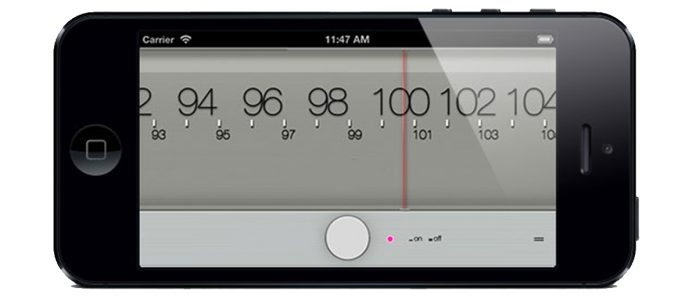By Mehdi Raza
Radio, as a medium the world over has existed and thrived despite the challenges that came its way over the past 100 years. The industry stood strong, rather evolved, despite the looming fear of being swept away by television and other mediums, with the FM format playing an important role in keeping radio alive and kicking.
FM Radio was introduced in Pakistan in the 90’s and became open to private acquisition in 2003. This revived radio as a viable medium in Pakistan. FM Radio was in a booming phase during the early 2000 and soon there were over 100 FM stations throughout the country. Yet, advertising budgets allocated to radio are only about 3% of the total advertiser spend in Pakistan and it seems to be staying around this percentage contrary to the world average of 6 to 7 percent. A major reason for this is that there are hardly any or very little measurement carried out of the radio audience in our market. Group M and other reputed organizations initiated several studies which are still being used as currency for radio listenership measurement and behavior. These studies however, were not conducted on a regular basis. Realizing the demand, a number of companies are now trying to develop products to fill the gap. Radio research on a regular basis is quite different from television audience measurement systems and therefore requires a strict scrutiny in order to be fair to all existing channels and advertisers.
Hence, in the larger interest of the industry I would want to discuss a recently started real-time radio measurement system which was presented to Pakistan Broadcasting Association (PBA) in January 2015, but did not get the approval of a number of the association’s members due to questions about its methodology.
Although Synergyzer published data extracted from the study in its Annual Issue of 2015, titled “Beyond the Rose Colored Glasses”, I believe that it is not a true indicative of the actual listenership scenario in Pakistan and there are a lot of questions that need to be answered before the study is considered a benchmark amongst the stakeholders, whose businesses it may impact. The questions whose answers should be made transparent to us, the radio broadcasters of Pakistan, are:
- Is this smartphone based application method in use at other places around the world or been used anywhere else before? If yes, then in which countries and what are the findings from it. Personally, I have not been able to find a rating system applicable anywhere like this one as yet.
- Are we not influencing listener behavior by using devices (smartphones in this case), rather than measuring actual behavior of people? We know that only a tiny fraction of existing listeners are listening through smartphones. In fact, smartphones have a penetration rate of only 15% amongst cellular device users in Pakistan. Have we tested that these devices will not influence listenership behavior?
- Which establishment survey has been used as a basis of forming the panel and its composition?
- Is the sample distribution amongst socio-economic classes A and B, justified? The study has 60% respondents from these two SEC. In reality, both SEC A and B combined counts for only 20%. My question is why have we taken this sample to three times its actual occurrence, when the normal acceptable booster is far less than the one applied in this study? This skewed representation will favor a few channels, which is unfair to others who may not be concentrated on broadcasting to this select niche.
- Are the individuals included in the panel true representatives of the actual radio listening population in Karachi, Lahore and Islamabad? Also, have we ensured if all the key target groups are included in this panel? Are we justified in excluding population beyond 35 years of age and SEC D from the panel?
- Are we not missing out on multiple listenership behavior in this study? Smartphones will always measure one listener. In actuality, there may be more than one people listening to one radio, as in the case of in-car listening. Why have we excluded multiple radio listening or community listening?
- The study has also ignored ways of listening to radio traditionally. Why is this the case?
- Why are the Diary or DAR – day-after recall – methods still the most popular radio measurement tools in the world despite access to superior technology and affordability? I am not an advocate of these, but there have to be reasons for their acceptability as currencies in the radio advertising market.
- Is the total sample size of just 186 respondents in three major cities sufficient enough to measure the robust rating?
- Considering the present security situation, especially mobile phone snatching, how safe is the use of smartphones in a number of areas? I believe this concern will influence user behavior.
- Battery life is also another concern and a factor which will affect listenership as it will result in lesser time duration of listenership and thus will not give the right picture.
These were and still are a few important questions and concerns due to which most radio stations were hesitant in adapting the above mentioned research in its current form and are looking for improvements or better alternatives. I strongly feel that a strict and unbiased analysis of this or any other measurement study is necessary to safeguard the interests of the radio industry as well as advertisers, with a critical analysis carried out by all stakeholders to prevent a skewed picture of the radio industry from becoming an accepted practice.
The writer is CEO/Director Apna Karachi FM 107

